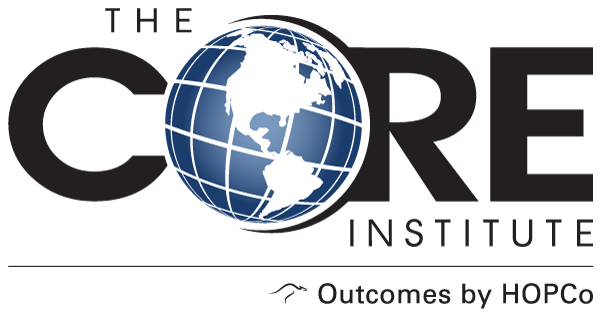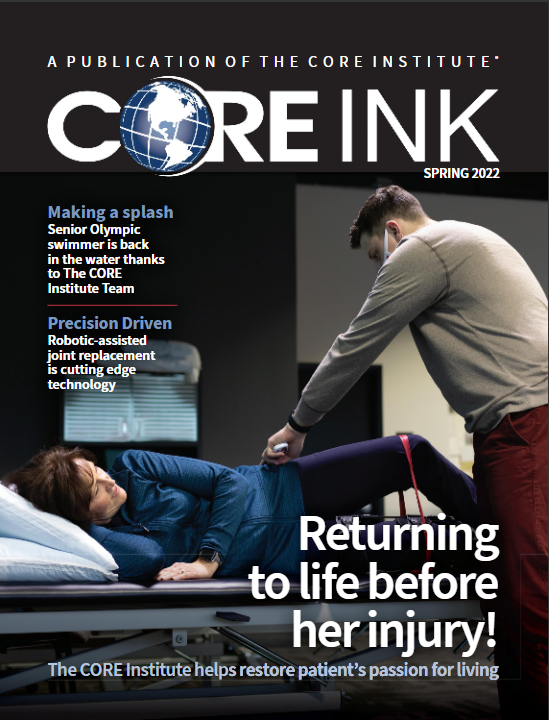Feeling sore? Take a moment before you grab a random brace off the store shelf. How do you know it’s safe and effective? That’s the question specialists from the MORE Foundation, a non-profit partner of The CORE Institute, tackled in a new study. Despite the prolific selection of braces consumers can find at stores, there’s been little research of their effectiveness and safety.
Dr. Marc Jacofsky, Executive Director of MORE Foundation notes, “Because most brace designs have been on the market for decades, the Food and Drug Administration (FDA) does not require performance testing. Investigating the performance and safety of these braces requires significant time and expense, so most manufacturers will not voluntarily test their designs. MORE Foundation is working with the industry’s most reputable medical brace manufacturers to validate their designs and provide feedback during their design and development.”
Critical testing
Dr. John McCamley, Director of the Human Motion Laboratory at MORE Foundation explained the study, “In the lab we were tasked with examining the characteristics of specific braces for companies that supply braces to medical practices and hospitals. The braces we tested are intended to be fitted to the person by a trained technician. Most better-quality braces are designed in a manner to fit a range of sizes and have adjustments where necessary. It is important that these braces are properly adjusted by a trained person so that a good fit is achieved.”
MORE Foundation is one of the few labs in the nation that has the expertise and equipment to perform these studies. The lab work included measuring a patient’s range of motion for their head while they are wearing a cervical collar brace as well as measuring the pressure between the brace and the skin surface.
One of the keys to wearing a brace effectively is that it needs to restrict motion while also remaining comfortable over a prolonged period. Since these braces are worn for long periods of time, excessive contact pressures between the brace and skin can result in skin breakdown and sores that are difficult to heal, creating real complications for patients. The braces the MORE Foundation team tested were all medical-grade devices that passed both criteria of limiting movement and ensuring comfort and safety.
PT partnership
During the study, MORE Foundation researchers worked closely with physical therapy students from Midwestern University. The partnership allows students to see direct results of research, but also receive training on proper fitting and function — impacting the next generation of care providers through the Foundation’s research.
“There are many different brace designs available and it is important that the correct brace is used for proper treatment,” said Dr. McCamley.
MORE Foundation plans to test additional brace designs in the future, deepening medical understanding of these tools for healing.
SUBSCRIBE TO CORE INK NEWSLETTER
Sign up to receive stories and information from The CORE Institute, including expertise from our providers and news about the latest technology advancements helping our communities.

